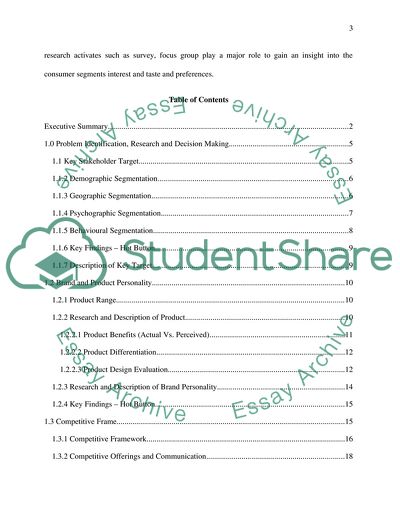Cite this document
(Innovation And Product Development Of Nokia Research Paper, n.d.)
Innovation And Product Development Of Nokia Research Paper. Retrieved from https://studentshare.org/marketing/1742439-nokia-strategy-development-in-integrated-marketing-communication-unit
Innovation And Product Development Of Nokia Research Paper. Retrieved from https://studentshare.org/marketing/1742439-nokia-strategy-development-in-integrated-marketing-communication-unit
(Innovation And Product Development Of Nokia Research Paper)
Innovation And Product Development Of Nokia Research Paper. https://studentshare.org/marketing/1742439-nokia-strategy-development-in-integrated-marketing-communication-unit.
Innovation And Product Development Of Nokia Research Paper. https://studentshare.org/marketing/1742439-nokia-strategy-development-in-integrated-marketing-communication-unit.
“Innovation And Product Development Of Nokia Research Paper”, n.d. https://studentshare.org/marketing/1742439-nokia-strategy-development-in-integrated-marketing-communication-unit.


